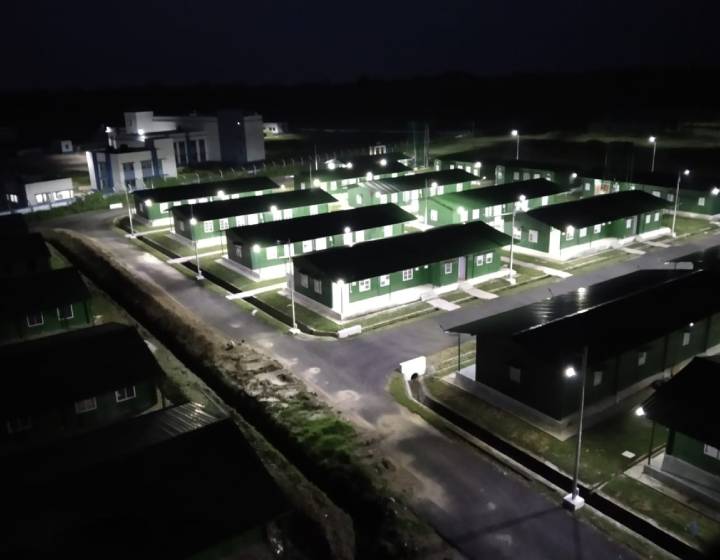
An Architect’s Guide to Custom Pre-fabricated Structures
While prefabricated structures are far from being a novel concept, their popularity has surged in recent times. Nowadays, prefabricated structures have been wholeheartedly accepted by various architects and they are integrating various prefab elements into their plans. With the availability of custom pre-fabricated structures, it has become easier than ever to incorporate them into any style and genre of construction. BNAL, with over 35 years of expertise, stands as a testament to the enduring relevance and advancement of prefabricated construction.
Changing Perceptions:
There exists an unfounded bias against prefabricated structures that needs debunking. Clients may be hesitant to embrace pre-fabricated elements in their projects, but a transparent conversation about the manifold benefits over traditional construction can dispel their apprehensions. It’s essential to communicate that not only do prefabricated structures expedite project completion, but they are also cost-effective. Moreover, once finished, there’s no discernible difference in aesthetics or functionality compared to traditional structures. In fact, prefabricated structures may prove to be more functional.
Infinite Creativity with Custom Prefabrication:
The beauty of custom prefabrication lies in its limitless creative potential. Architects need not compromise on design or aesthetics as long as the specifications are transportable and deliverable. Given that these structures are quicker to build with reduced labor involvement, they present a superior choice for construction. This efficiency enables architects to undertake more projects, spend less time on each, and still deliver top-notch construction within clients’ budgets.
Seamless Coordination:
Rather than dealing with various contractors, architects can collaborate with a specialized company that manages all construction needs. BNAL, a leading brand in manufacturing custom prefabricated structures, ensures durability, sturdiness, and precise craftsmanship. Construction sites receive components manufactured to specifications, minimizing on-site assembly time.
Reusability:
One of the standout advantages is the reusability of prefabricated structures. This flexibility allows architects to alter designs during construction or reuse structures intended for one project in a different setting.
Environment Friendly:
Prefabricated structures contribute to a greener world by minimizing construction pollution. With reduced on-site activities, the environmental impact is significantly lowered.
Recycling Possibilities:
These structures often use recyclable materials, adding another layer of sustainability to the construction process. The ability to recycle components makes prefabricated structures a responsible choice for a circular economy.
With a multitude of advantages over traditional construction methods, embracing prefabricated structures ensures a smooth and stress-free building experience for both clients and architects.
